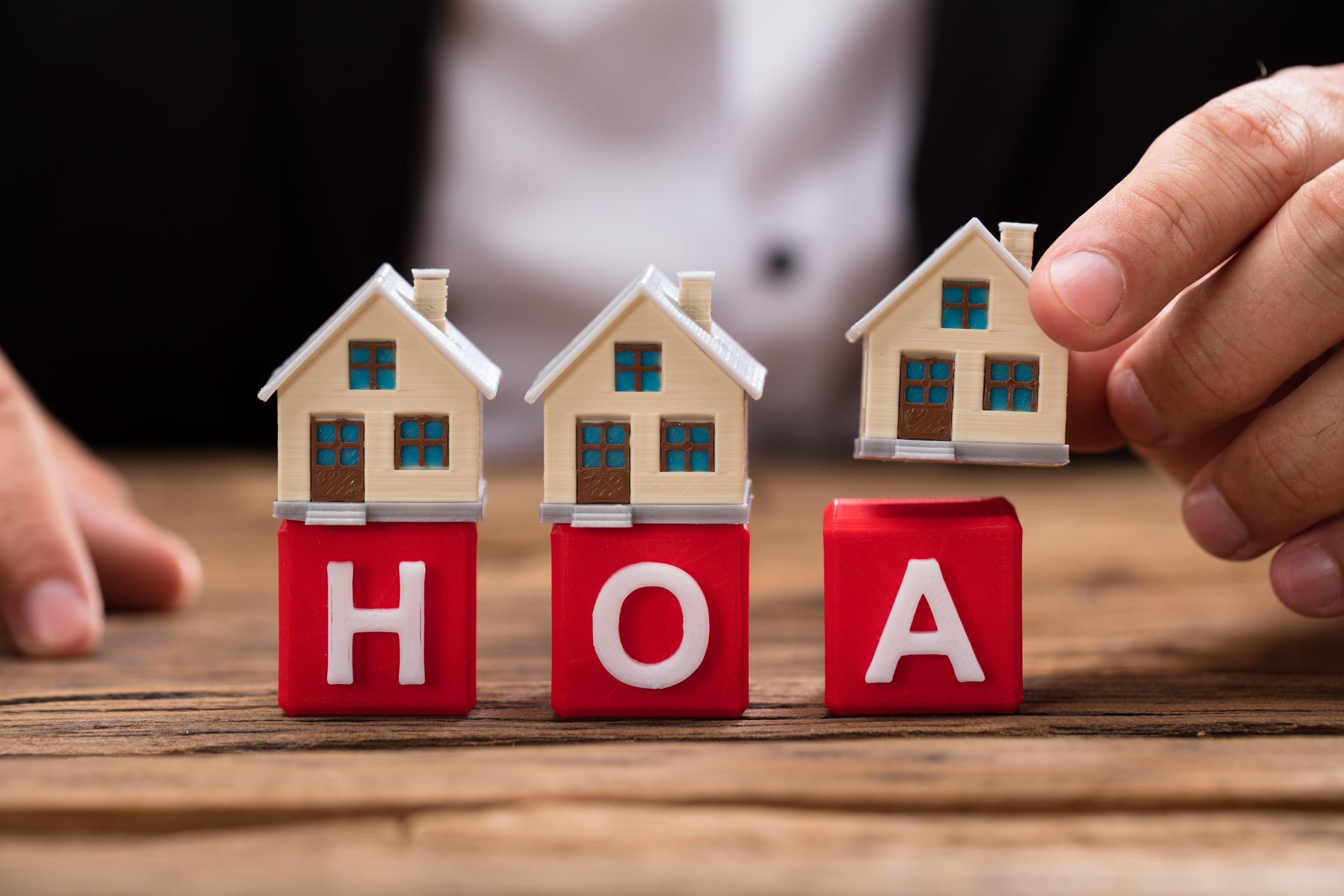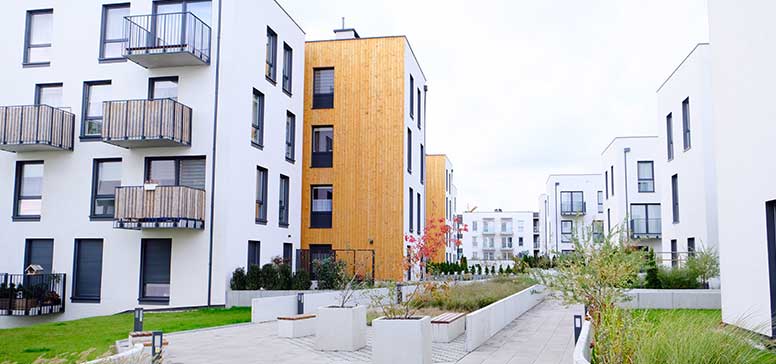The Duty of an HOA in Establishing and Enforcing Area Guidelines for Citizens
The function of a Homeowners Organization (HOA) in establishing and imposing community standards is fundamental to preserving a cohesive and orderly household atmosphere. By developing clear regulations that control elements such as home maintenance and community conduct, the HOA not only establishes requirements for citizens but also cultivates a sense of belonging and responsibility.
Understanding Home Owners Associations
Homeowners associations (HOAs) work as regulating bodies for domestic areas, playing a vital function in maintaining property worths and fostering a feeling of neighborhood. Typically created by designers, HOAs are made up of house owners within a designated location who choose a board to supervise the organization's activities. The key functions of an HOA consist of imposing area guidelines, taking care of typical locations, and organizing area events.
HOAs operate under a collection of governing records, including problems, restrictions, and agreements (CC&R s), which lay out the rights and duties of homeowners. These policies intend to make certain that properties are preserved to a particular standard, thus securing the visual allure and overall value of the neighborhood. In addition, HOAs often collect fees from house owners to money upkeep, landscape design, and various other social work.
The presence of an HOA can substantially affect the living experience within an area (hoa condo). While some homeowners value the organized setting and amenities provided, others may find certain regulations restrictive. Balancing the interests of all property owners is vital for an HOA to work efficiently, making sure that it offers its designated function of enhancing community living while respecting individual homeowner legal rights
Developing Area Guidelines

To start, an HOA needs to perform studies or hold conferences that permit homeowners to articulate their problems and suggestions. This participatory process fosters a sense of possession and raises conformity. Next off, the HOA board need to evaluate the comments to identify common motifs and top priorities that necessitate official addition in the guidelines.
It is also necessary to guarantee that the guidelines are clear, succinct, and conveniently comprehended. Uncertainties can result in problems and misunderstandings, undermining the objective of the standards. Additionally, the guidelines need to be thorough, covering different aspects of area living, consisting of home maintenance, sound levels, and usage of typical areas.
Enforcement of Rules
Reliable enforcement of community regulations is important for maintaining order and making sure that all locals stick to the established standards. An HOA must carry out a structured technique to enforce these guidelines, which frequently entails a combination of tracking, interaction, and penalties for non-compliance.
First, routine inspections and neighborhood patrols can aid identify infractions, making certain that guidelines are continually applied across the community. This aggressive monitoring enables the HOA to resolve issues before they intensify, cultivating a feeling of liability among locals.
Second, clear communication is important. Residents must be educated of the rules and the procedures for reporting infractions. An open line of interaction urges residents to voice issues and seek information on standards, which can boost conformity.

Finally, when infractions happen, the HOA should apply consequences as laid out in the controling documents. This may consist of alerting letters, penalties, or, in severe instances, lawful activity. It is essential that fines are used rather and consistently to maintain depend on within the area. By properly applying policies, an HOA can grow an unified living environment that shows the collective values of its residents.
Benefits of HOA Regulations
Numerous advantages develop from the execution of HOA policies, which offer to improve the quality of life within an area. One key advantage is the maintenance of residential property values. By applying standards for aesthetics and upkeep, HOAs guarantee that homes and common locations continue to be attractive, cultivating a preferable living setting that can bring about boosted residential property values with time.
In addition, HOA policies promote uniformity and harmony within the community. This coherence in layout and maintenance assists to produce a feeling of belonging among homeowners, adding to neighborhood satisfaction and a positive ambience. Developed standards facilitate dispute resolution amongst next-door neighbors by providing clear assumptions and procedures for actions, therefore decreasing conflicts.
An additional significant benefit is the arrangement of common facilities and solutions. Several HOAs manage community centers such as parks, swimming pools, and clubhouses, which enhance recreational possibilities for residents. These amenities not just improve the high quality of life yet additionally urge social communication.
Ultimately, the regulations stated by check this an HOA grow an efficient, harmonious neighborhood, ensuring that citizens take pleasure in a high requirement of living while cultivating a supportive sites atmosphere for all homeowners.
Usual Challenges Encountered by HOAs
In the middle of the benefits that homeowners associations (HOAs) can give, they additionally encounter a selection of difficulties that can prevent their performance. Lots of property owners might not participate in conferences or area activities, leading to a disconnect in between the HOA board and residents.
Conflicts can occur when homeowners feel that enforcement is inconsistent or biased, possibly leading to disputes within the community. Additionally, HOAs usually face monetary restraints, which can restrict their capability to maintain usual areas or fund neighborhood jobs.
Additionally, browsing legal intricacies can be intimidating for HOAs. Changing demographics and advancing neighborhood needs need HOAs to adapt their guidelines, typically meeting resistance from long-standing citizens that are accustomed to typical norms.
Conclusion

By creating clear guidelines that regulate facets such as property upkeep and neighborhood conduct, the HOA not only establishes criteria for locals however additionally cultivates a feeling of belonging and liability.Homeowners associations (HOAs) offer as governing bodies for residential communities, article playing a crucial duty in maintaining building worths and cultivating a sense of community. Several house owners may not take part in conferences or neighborhood activities, leading to a detach in between the HOA board and homeowners. Evolving and transforming demographics community needs need HOAs to adapt their standards, frequently meeting resistance from long-lasting residents that are accustomed to standard norms. Via the growth of clear laws and constant enforcement, HOAs promote building maintenance, neighborhood pride, and trust amongst locals.
 Shaun Weiss Then & Now!
Shaun Weiss Then & Now! Dylan and Cole Sprouse Then & Now!
Dylan and Cole Sprouse Then & Now! Ashley Johnson Then & Now!
Ashley Johnson Then & Now! Pauley Perrette Then & Now!
Pauley Perrette Then & Now! Barbara Eden Then & Now!
Barbara Eden Then & Now!